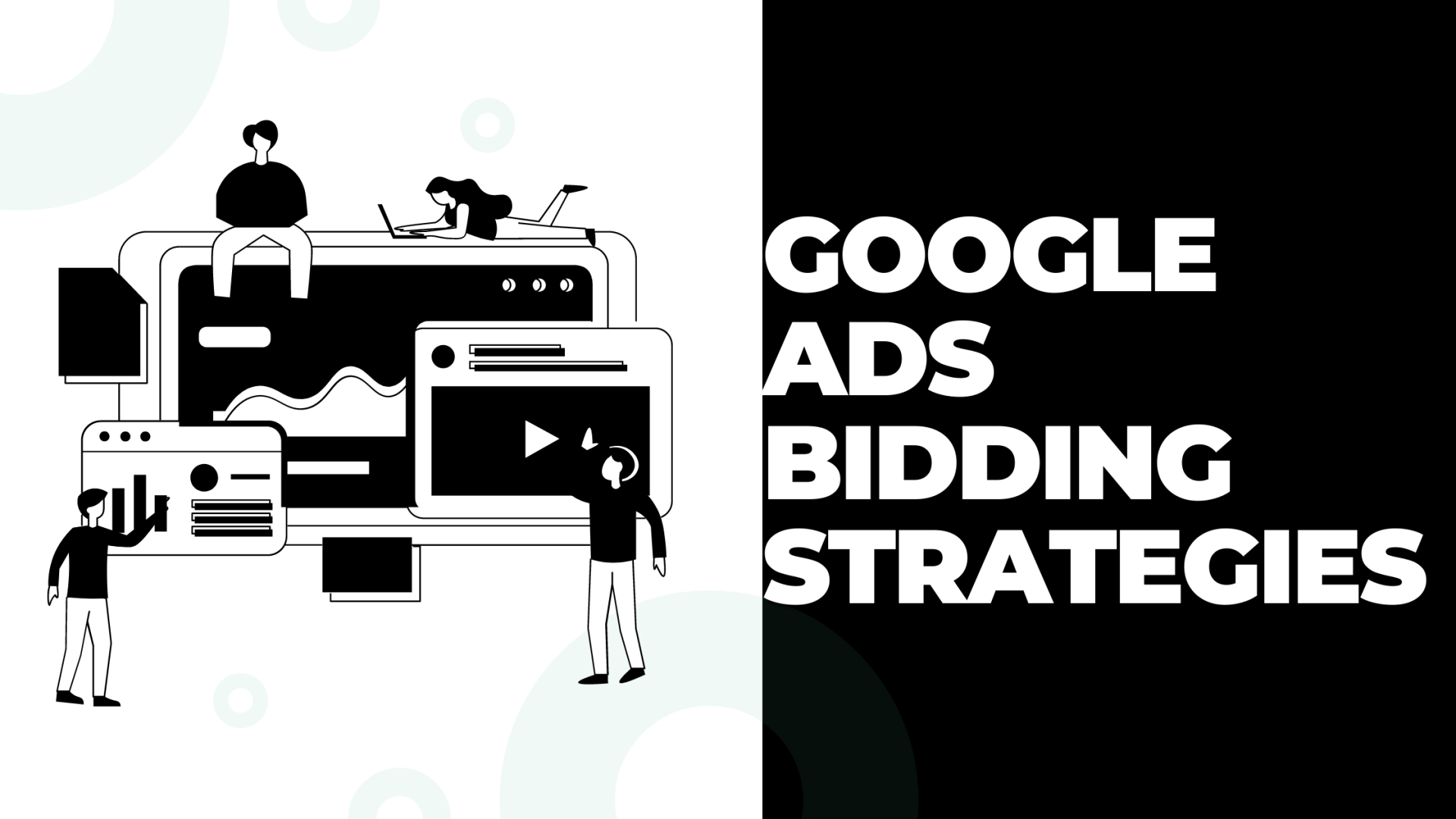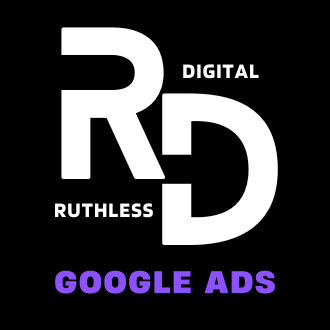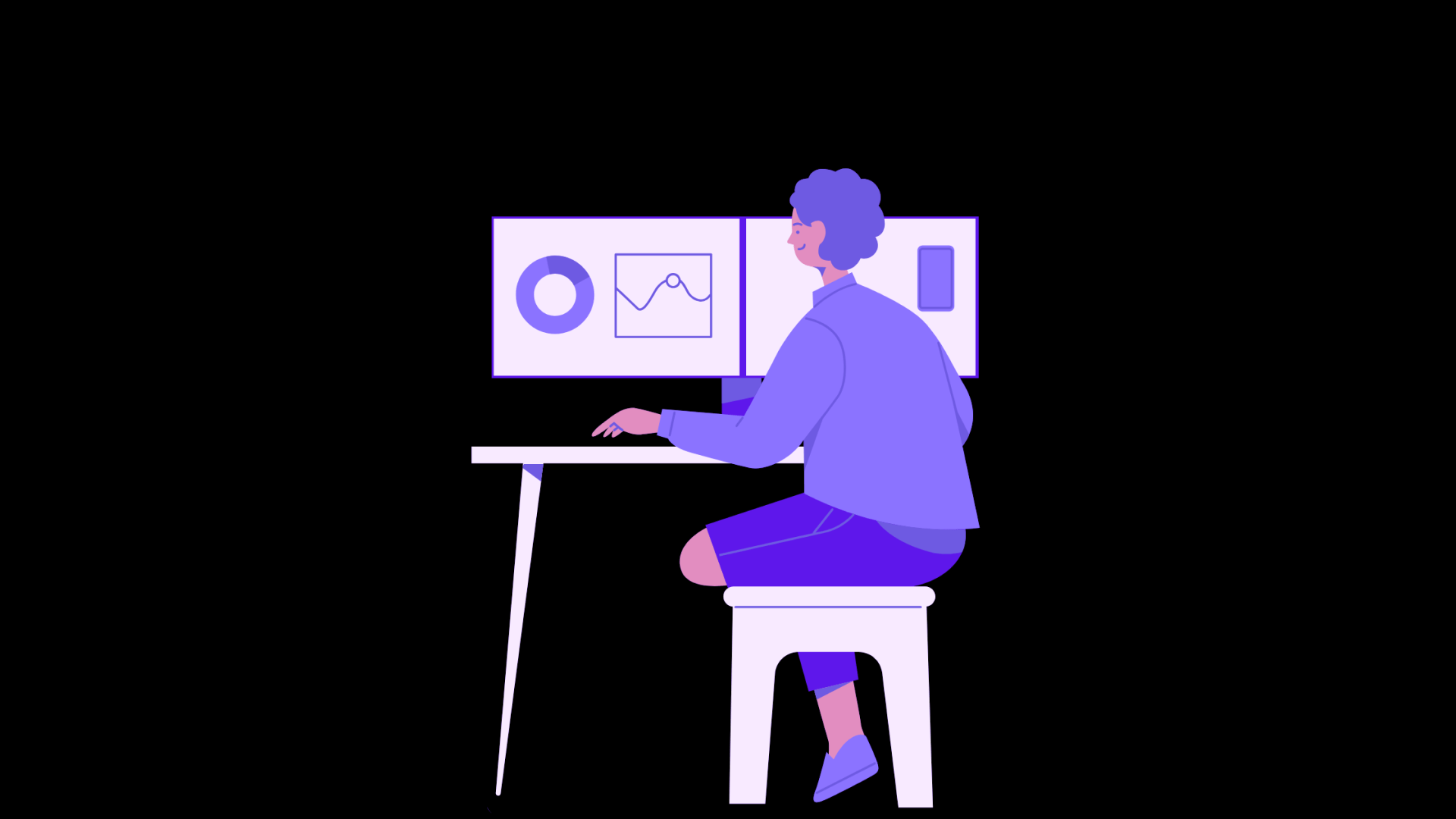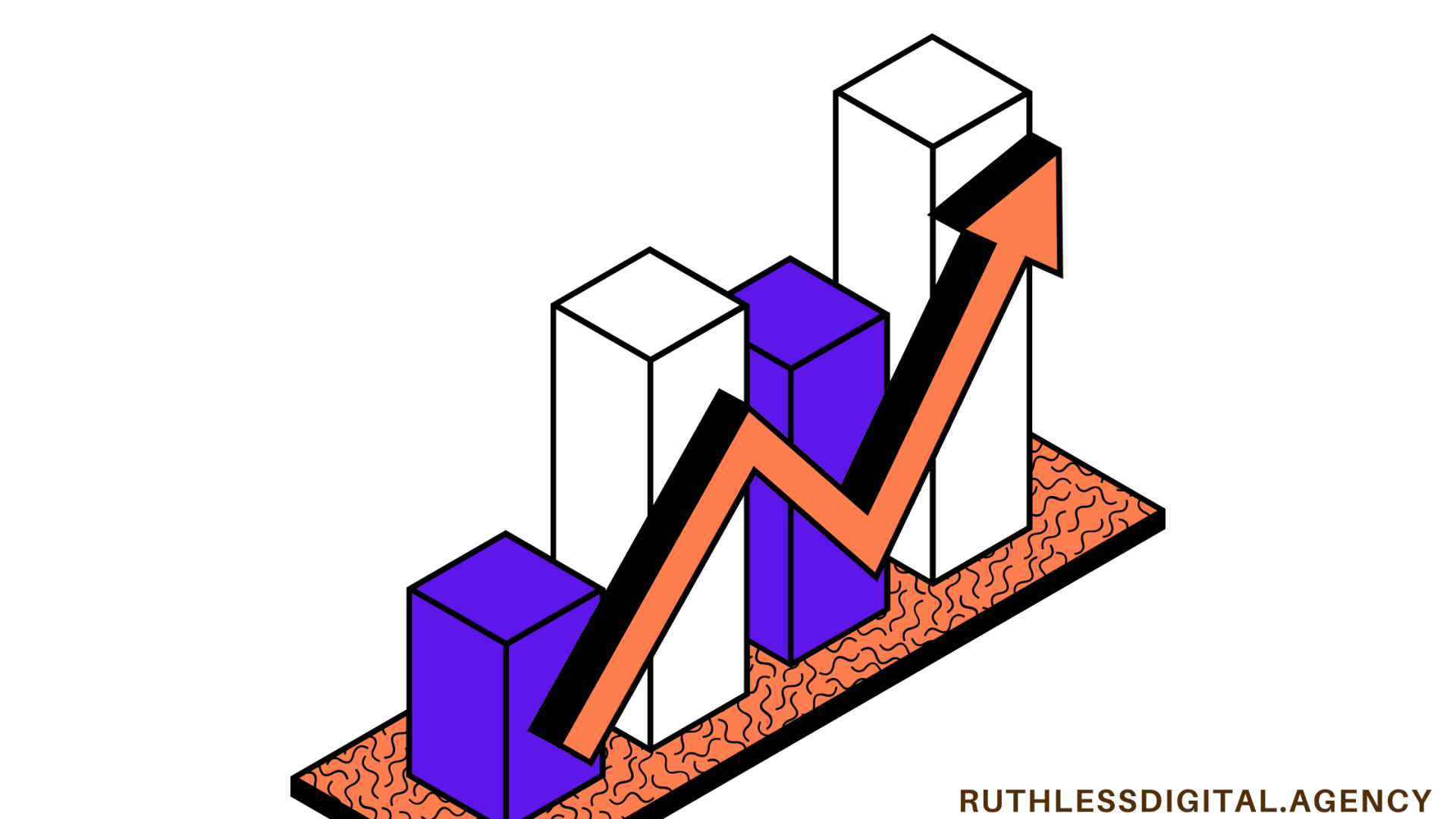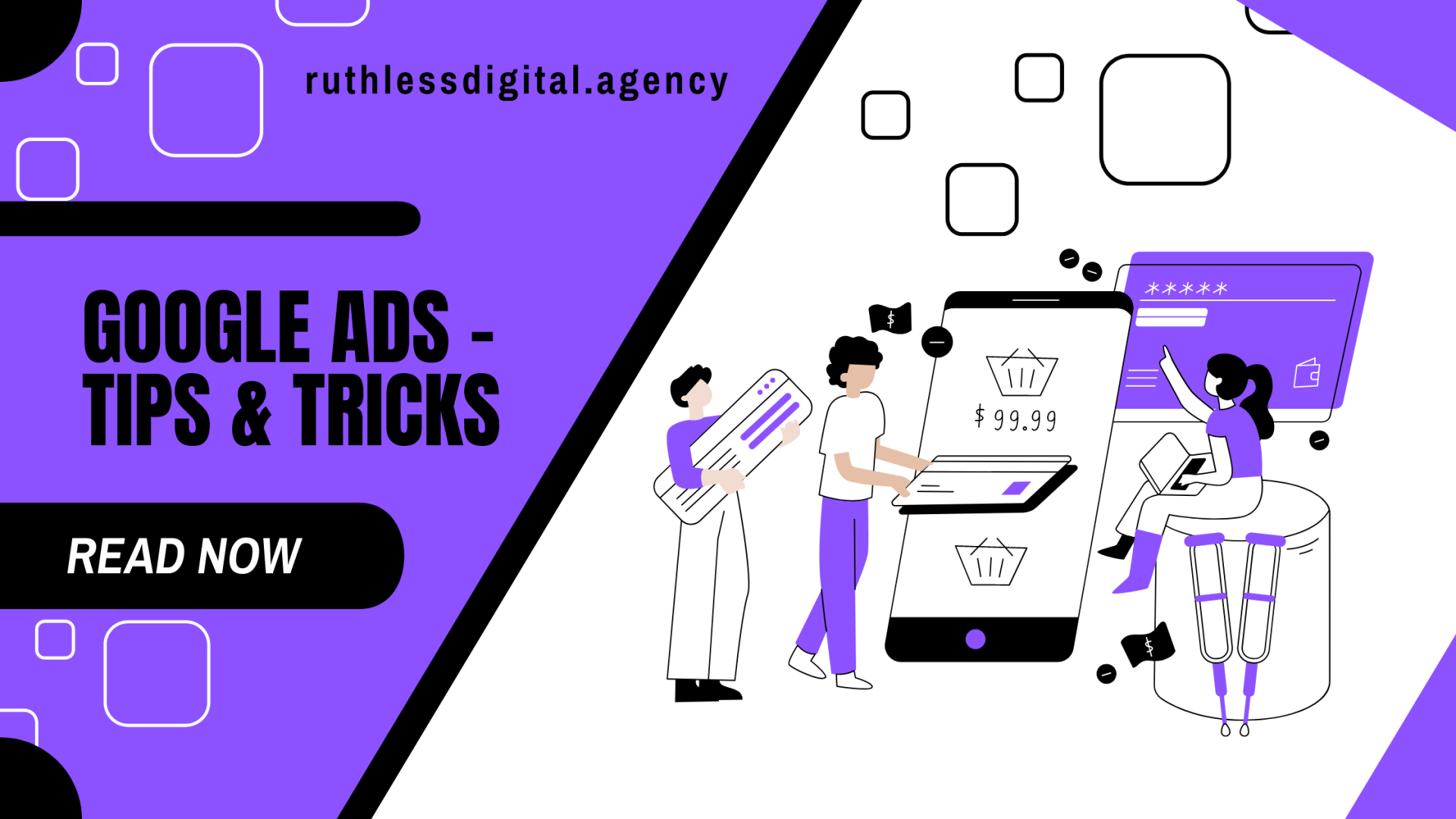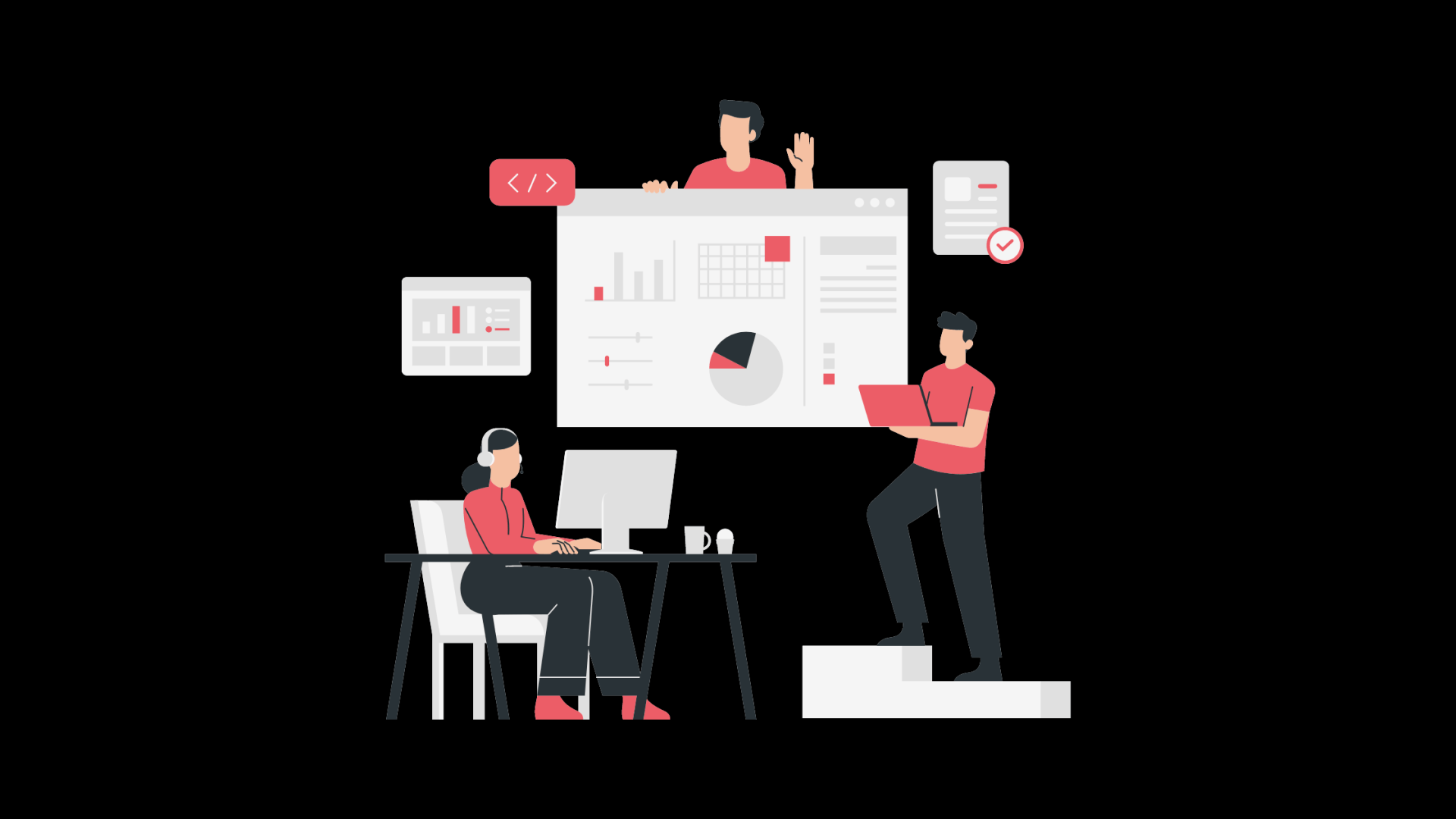By Ruthless Digital
•
10 Jun, 2022
First Understand Your Objective With Bids It's important to have measurable goals you want to obtain with your bidding strategies. Do you want to increase ROAS? Decrease CPA? Increase revenue at the expense of profitability? Each one of these questions will have a different answer as to what bidding strategy you should use for your Google Ads account. Attempting to obtain all your goals at the same time is impossible, sacrifice secondary goals for a singular paramount key metric. Smart Bidding Vs. Manual Bidding Smart bidding is a form of automated bidding that optimizes for a specific conversion related goal using machine learning. These bidding strategies are tCPA, tROAS, maximize conversion value, & maximize conversions . Drawbacks of Smart Bidding: Since smart bidding is algorithmically handled, you have no say on your cost per click which becomes problematic if Google decides to bid higher than acceptable. For example, Ruthless Digital was running ads for a client whose CPC needed to be below $2 to be profitable but Smart Shopping continuously kept bidding in the $4-7 range making profitability impossible. We switched to manual bidding where we could individually edit our bids per product which worked fantastically producing a favorable ROAS. Benefits of Smart Bidding Strategies: Large stores with hundreds to thousands of SKUs will find smart bidding necessary because of its time efficiency and has the ability to be effective as Google leverages machine learning to bring your products in front of the right customers. 1. Manual CPC Time To Use: Works best for low budget or accounts with <15 conversions per month or when your Google Ads account was recently created or brand new. Great For Gathering Data & Doing Initial Testing of Ads. Also good for when you’re just experimenting with new ideas. When Not To Use: The moment you get proper auction data from your analytics it's time to move on from Manual CPC. As You don’t have all the auction data that Google can leverage in serving amazing bids as the Google Algorithm does it better. 2. Enhanced Manual CPC Time to Use: After you had gathered additional data from your bidding. You would want to boost your manual bidding with a machine learning boost from Google’s Algorithm but still want to implement Manual Bidding. Works Best For Brands that Still Need to Collect Data But Wants to Rely More on the Google Algorithm to Serve the Ads When Not To Use: Your Average CPC’s might exceed far higher than your maximum set bid which could eat your budget. Also, does not fix the gap of lack of data in your Google Ads 3. Maximize Clicks Time to Use: You want to gather quick data for new keywords/ad groups/campaigns, and your brand landing page converts very strongly & consistency. Works Best For Brands has a Solid Brand Presence & High Converting Landing Page. When Not To Use: You have a Set Budget & Specific CPC Bid that You want to Achieve, You have an issue with your landing page’s conversion rate , and most importantly the quality of clicks on your ads might not the best in people that actually buy. 4.Maximize Conversions Time to Use: You are both having a hard time to maximize your ad budget & you have decent conversion data. Works Best When You Have Already Met Your Target CPA & ROAS, as there is Room for More Spend. When Not To Use: The Budgeting Issue is prevalent as You will burn through your budget even no matter what happens so CPA can go up from conversion volume and value. Also, can be sensitive to data skews as peak or bottom search volume due to ads wanting to just get served to customers. 5. Maximize Conversion Value Time to Use: You want to just spend your daily budget, already have good conversion data & decent landing page, and have high conversion value. Works best if you have a product that has high margins & has a high LTV so its easier to meet rising CPA Costs When Not To Use: if you have a tight budget & burns through your budget quickly, so you need to set the budget of your ad spend properly. As CPA & CPC costs do not matter in the bidding of the Ads you serve with this bidding strategy. 6. Target CPA Time to Use: You have a target CPA that matters more than the number of conversions you get. This Works Best for Low Profit Margin Products as Usually LTV – CPA is Small. As it could make the overall ad equation unprofitable When Not To Use: You have less than 15-20 conversions per month which will cause bidding issues due to CPA being the main limiter of your ads. Also conversions could go down as the bids will have to compete with other brands. 7. Target ROAS Time to Use: You want KPI efficiency to meet certain budget constraints & targets compared to pure click volume. Your ROAS matters more than the number of conversions you get. Works best for Shopping Campaigns on Google Shopping if there is a decent amount of data. When Not To Use: Your Tracking System for Analytics is Faulty Plus You’re not tracking revenue or conversion value. Also you do not have a minimum of 75 Conversions/ Month as Google Needs Data on Which of Your Audiences are the Best Ones to Serve the Ads 8.Target Impression Share Time to Use: This is Ideal for Driving Awareness for your Brand Ads. Works Best For Brand Campaigns as You Specifically Just Focused on Your Brand Which Your Customer Searches. When Not To Use: Not the best idea for non-brand campaigns because other competitors are bidding for specific keywords which it will run up your bids by a considerable sum Conclusion On What Is The Best Bidding Strategies For Google Ads In 2023: When creating a Google Ads campaign, choosing the correct bidding strategy isn't a walk in the park especially if it's your first time. There are several options you can choose from, but before selecting a bidding strategy, decide your objectives. Are you attempting to increase brand awareness on the top part of your funnel? Increase your ROAS? Drive up revenue? (not the same thing as increasing ROAS always) or decrease your CPA? Take all of these factors into consideration when creating a Google Ads campaign. If this all seems overwhelming & you'd prefer to have your Google Ads Campaign created and managed by a team of experts, scroll down below and schedule a call with us if you're a eCommerce or SaaS company.

